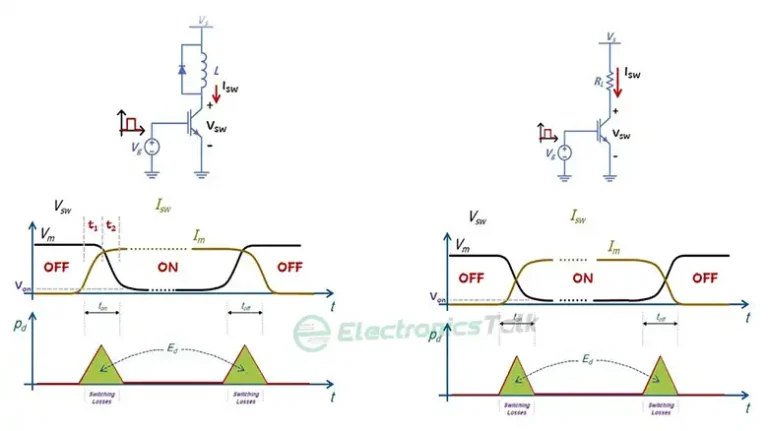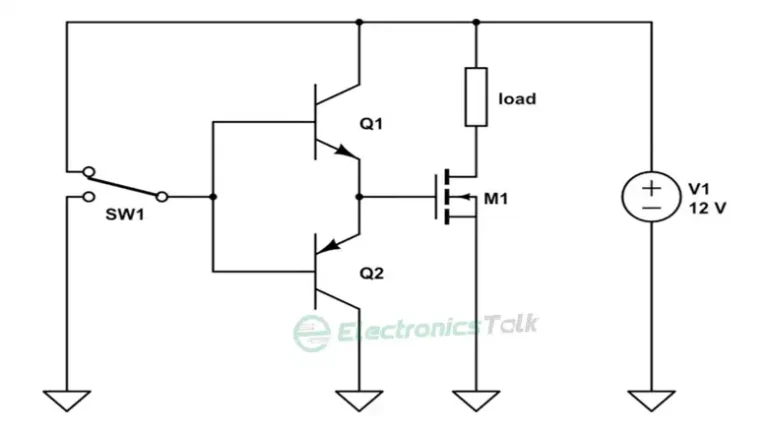What is the Difference Between 741 and 411 Op Amp? A Full Comparison
Operational amplifiers, also known as Op-amps, are essential parts of electronic circuits. They allow voltage signals to flow and are used in a wide range of applications.
This article digs into the contrasts between two prevalent op-amps: the 741 and the 411. Making an informed decision about various electronic endeavors depends on understanding their unique advantages and limitations.
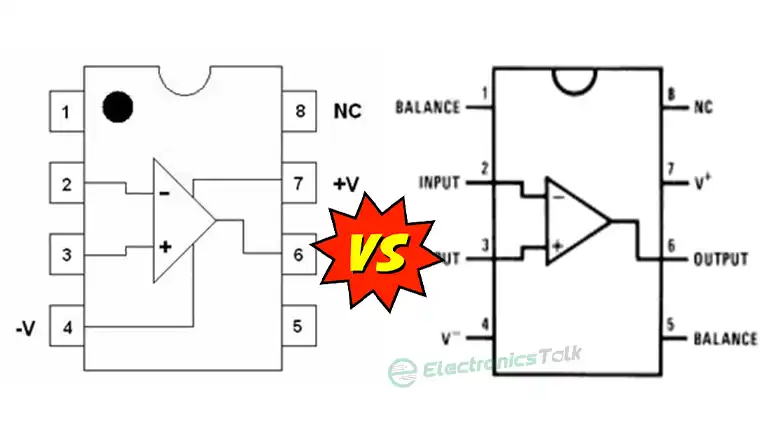
Overview of the 741 Op Amp
The 741 op-amp (LM 741), a classic within the world of technologies, has been broadly utilized for decades. It is known for its constant standard and ease of utilization. The 741 is mostly used in sound intensifiers, oscillators, and other analog-based circuits. It works effectively in a dual-power supply setup, giving a sensible output voltage range and bandwidth.
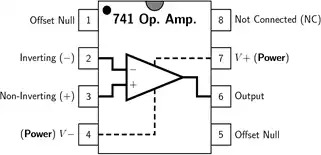
Figure 01: Pin diagram of 741 Op-Amp
Overview of the 411 Op Amp
The 411 op-amp (LF 411), on the other hand, is a more modern device. It’s designed for applications requiring low power consumption and high input impedance, making it suitable for battery-powered devices and instrumentation. The 411 can operate with a single power supply, enhancing its versatility in various applications.
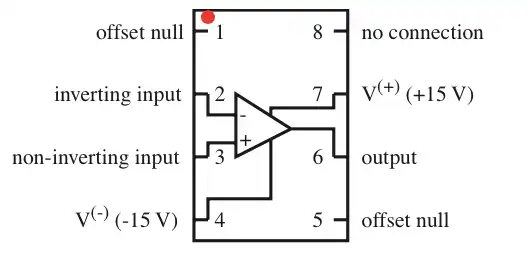
Figure 02: Pin diagram of 411 Op-Amp
Differences Between 741 and 411 Op Amps
When choosing between the 741 and 411 op-amps, consider the particular requirements of your project. Here are some common differences between 741 and 411 op-amps.
1. Introduction and Manufacturing
LM 741: A general-purpose operational amplifier first manufactured by Fairchild Semiconductors in 1963.
LF 411: A JFET input operational amplifier is known for cost-efficiency and low input offset voltage
2. Input Voltage Range
LM 741: It can handle input voltages within a range of approximately ±12V
LF 411: The 411 op-amp has a wider input voltage range compared to the 741, allowing it to process larger signal voltages without distortion. Generally, its input voltage ranges from -15V to +15V
3. Output Voltage Range
LM 741: The output voltage range of 741 depends on the input voltage. The output voltage signal ranges from approximately ±13V.
LF 411: The 411 tends to offer a more extensive output voltage range, suitable for a wider array of applications.
4. Input Impedance
LM 741: The input impedance of the 741 op-amp is about 2 megaohms (MΩ).
LF 411: The input impedance of the 411 op-amp is higher than 741, and it is about 3MΩ.
5. Output Impedance
LM 741: Output Impedance (Rout): The output impedance of the 741 op-amps is relatively low, about 75 ohms.
LF 411: The output impedance of the 411 op-amp is typically 10 to 100 ohms.
6. Gain Bandwidth Product
LM 741: Typical gain bandwidth product of 741 op-amp is 1 MHz. If the gain increases, the bandwidth increases proportionally.
LF 411: The gain bandwidth product of the 411 op-amp is generally higher than that of the 741. It ranges from a few 100 kHz to a few MHz.
7. Slew Rate
LM 741: The typical slew rate for a 741 op-amp is relatively low, usually around 0.5V/µs. This limits the op-amp’s ability to accurately reproduce high-frequency signals.
LF 411: The 411 op-amp has a faster slew rate than the 741 normally (13-V/µs) meaning it can output voltage changes more rapidly.
8. Power Consumption
LM 741: The typical power supply current for a 741 op-amp is in the range of 2 to 3 milliamperes (mA) per amplifier.
LF 411: The power supply current of the 411 op-amps depends on the specific model and usage but is typically in the range of a few milliamperes (mA).
9. Noise Performance
LM 741: The input-referred noise voltage for a 741 op-amp is relatively high compared to modern op-amps, typically in the range of a few microvolts (µV) to tens of microvolts.
LF 411: The input-referred noise voltage for the 411 op-amp is typically in the range of microvolts (µV) to millivolts (mV).
10. Applications
LM 741: Used in a wide range of applications, including amplifiers, computational circuits, rectifiers, and oscillators.
LF 411: Used in high-speed integrators, sample and hold circuits, and high-speed digital to analog converters.
Frequently Asked Questions and Answers – FAQs
1. What is the function of 741 Op-Amp?
One of the most popular operational amplifier integrated circuits that perform both mathematical computations and amplification tasks is the LM741, or Op-Amp IC 741. Mathematical operations including addition, subtraction, multiplication, division, differentiation, integration, etc. are mostly carried out by this tiny chip.
2. What are the limitations of LM741?
The slew rate for the LM741 is 0.5 V/s. If the desired output signal has a component that changes voltage faster than the slew rate, the op-amp will not be able to fully reproduce the signal and is said to be slew-rate limited.
3. Will the 411 Op-Amp operate with just one control supply?
The LF411 is suitable for single-supply applications since it can run on a single control supply.
Conclusion
In conclusion, whereas both the 741 and 411 op-amps have their places in electronic design, their contrasts in execution and productivity are clear. The 741 could be a reliable choice for common applications, whereas the 411 stands out in advanced, low-power, and high-speed applications.

![Can I Use 1N4007 Instead of 1N5408? [Characteristics Compared]](https://www.electronicstalk.org/wp-content/uploads/2023/07/Can-I-Use-1N4007-Instead-of-1N5408-768x431.webp)
